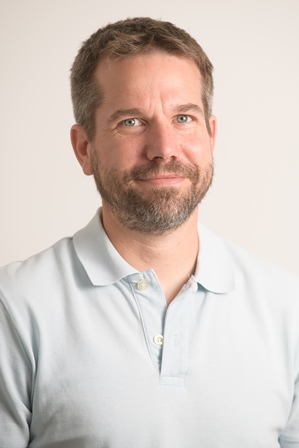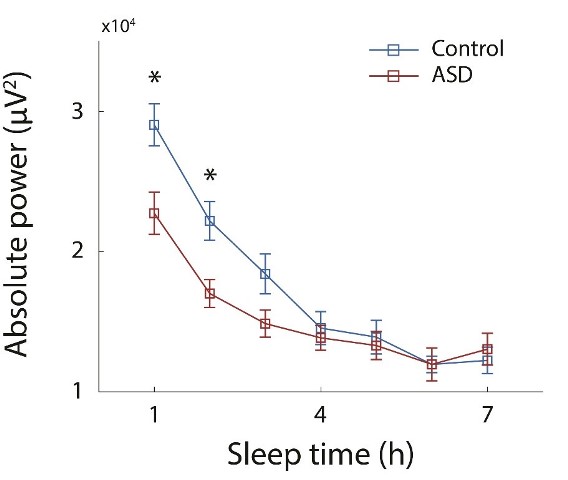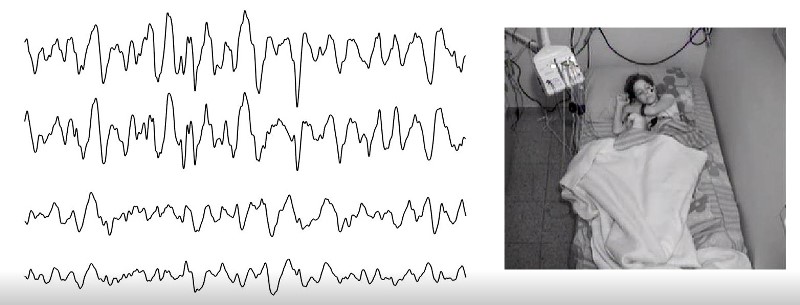A large percentage of children with autism have a hard time falling asleep, wake up frequently in the middle of the night, and wake up early in the morning. A new research study from BGU's National Autism Research Center of Israel shows that their brain waves are shallower particularly during the first part of the night, indicating difficulty falling into a deep, rejuvenating sleep.
The study was just reported in Sleep, the premier journal in the field.
Previous studies have shown that forty to eighty percent of children on the autism spectrum have some form of sleep disturbance, which creates severe challenges for the children and their families. Determining the causes that create these sleep disturbances is a first critical step in finding out how to mitigate them.

A team led by Prof. Ilan Dinstein (pictured above), head of the National Autism Research Center of Israel and a member of BGU's Department of Psychology, examined the brain activity of 29 children with autism and compared them to 23 children without autism. The children's brain activity was recorded as they slept during an entire night in the Sleep Lab at Soroka University Medical Center, managed by Prof. Ariel Tarasiuk. Normal sleep starts with periods of deep sleep that are characterized by high amplitude slow brain waves. The recordings revealed that the brain waves of children with autism are, on average, 25% weaker (shallower) than those of typically developing children, indicating that they have trouble entering deep sleep, which is the most critical aspect of achieving a restful and rejuvenating sleep experience.

Above: Graph of results
"It appears that children with autism, and especially those whose parents reported serious sleep issues, do not tire themselves out enough during the day, do not develop enough pressure to sleep, and do not sleep as deeply," says Prof. Dinstein. "We also found a clear relationship between the severity of sleep disturbances as reported by the parents and the reduction in sleep depth. Children with more serious sleep issues showed brain activity that indicated more shallow and superficial sleep."
Now that the team has identified the potential physiology underlying these sleep difficulties, they are planning several follow-up studies to discover ways to generate deeper sleep and larger brain waves, from increasing physical activities during the day to behavioral therapies, and pharmacological alternatives such as medical cannabis.
The research was supported by the Simons Foundation Autism Research Initiative.

Above: A child in the Sleep Unit at Soroka University Medical Center and brainwaves recorded when she is sleping soundly
Media Coverage:
Breaking Israel News
JPost